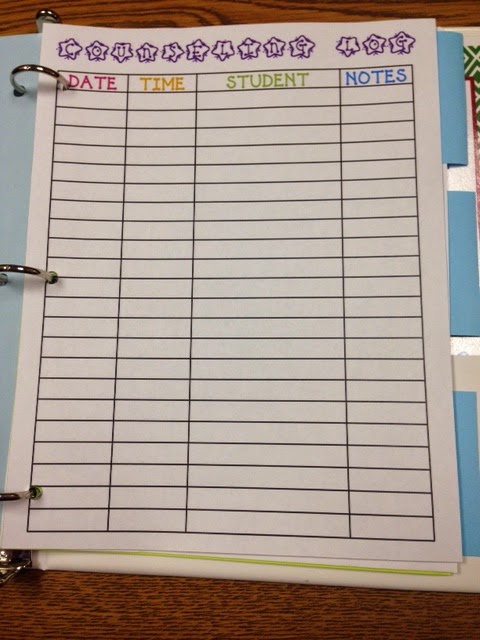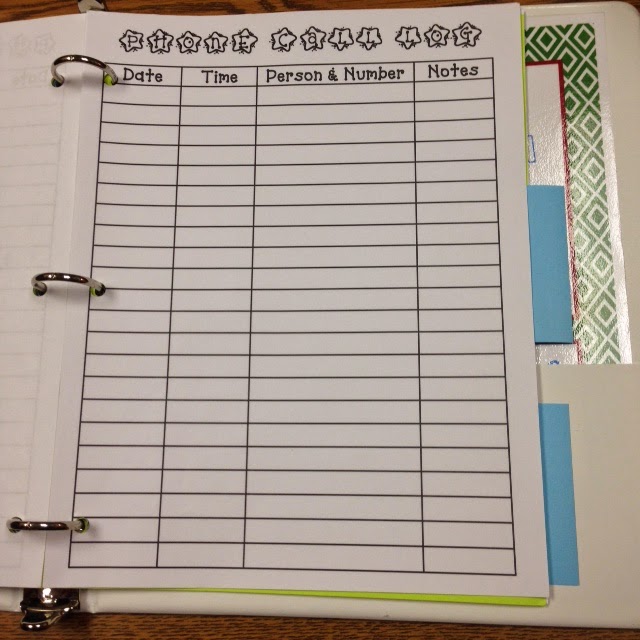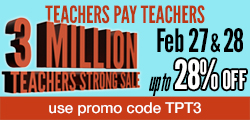Each group that visited TTU had a purpose. The picture above is from our second trip, which was made up of 30 student athletes. One event that was planned for us was to visit Jones AT&T Stadium. Due to confidentiality, I am not sharing the pictures that I took of the students. However, I am sure you can imagine the excitement of getting to run around on the same field that the Red Raiders play on...a highlight of the year for sure!
Here are some things to consider when you are planning a college visit:
- The size of the group and the amount of adults needed to chaperon. Each group that I took had 30 students and there were 3 adults from my school, giving us a 10:1 ration.
- Consider the time of year you schedule the trips. About half of our time was spent out doors touring the campus, so weather was important for us to consider. You can't predict everything, but I knew October usually provided nice temperatures.
- Group your students by a common interest or similarity. For example, the third group of students that I took were either involved in student counsel, NJHS, or our volunteer organization. I name this group "Leadership".
- Get input from others on which students to take. Teachers and the schools administration were instrumental in helping identify good candidates.
- Have an idea of what you want your students to take from the trip, so the activities that are planned align with your group of students.

























